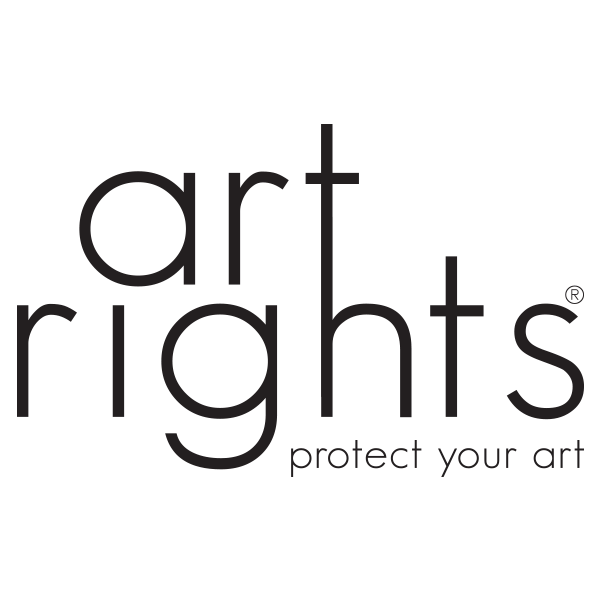Preventing risks to protect art
Risk management is an indispensable insurance process for the protection of works of art, because it allows you to estimate the risks and develop strategies to manage them.
Among the first steps to be taken to ensure a work of art, there is the risk management analysis, a set of activities that allow experts to identify the risks that can directly and indirectly threaten the integrity of an artistic heritage or a private collection.
The detailed analysis allows to determine the probability that a harmful event will occur, its consequences and the ways in which these can be avoided or minimized.
Among the most frequent types of accidental damage we find:
- Accidental events such as knocks or falls
- Transport and handling damage
- Flooding
- Fire
- Theft
The risk analysis is based on factors such as the environment where the museum or private home is placed, the container as a building that houses the art collection and the content, therefore, the individual works that are studied in their peculiarities.
Here they are in detail:
-
The geographical position: during the risk analysis, environmental and natural risks will be studied, such as earthquakes or floods, fires, events related to climate change. This territorial fragility can be quantified through national classifications and risk maps, issued by the territorial authorities;
-
The context of positioning: i.e. the construction of the building where the works are stored and set up. To this end, a structure report is prepared which describes the current state of safety and maintenance of the building that houses the works;
-
The fragility of the works themselves: the works are analyzed in their conservative state in relation to both the surrounding environment and the building in which they are located.
Once the vulnerability analysis has been completed with the risk assessment process, it is good practice to provide an emergency plan with the aim of mitigating, anticipating and reducing catastrophic events that cannot be eliminated.
Of fundamental importance will be to have the set of documents that contain the information on the container and the content, including:
- Facility Report: technical document that lists safety and conservation measures of the exhibition space, enclosing the description of the building, surveillance (if any), temperature and humidity parameters or even the description of the fire prevention system
- Condition Report: document that records the conservation status of a work
- Artworks archive: tool that catalogs the main information on the works, including insurance estimates





